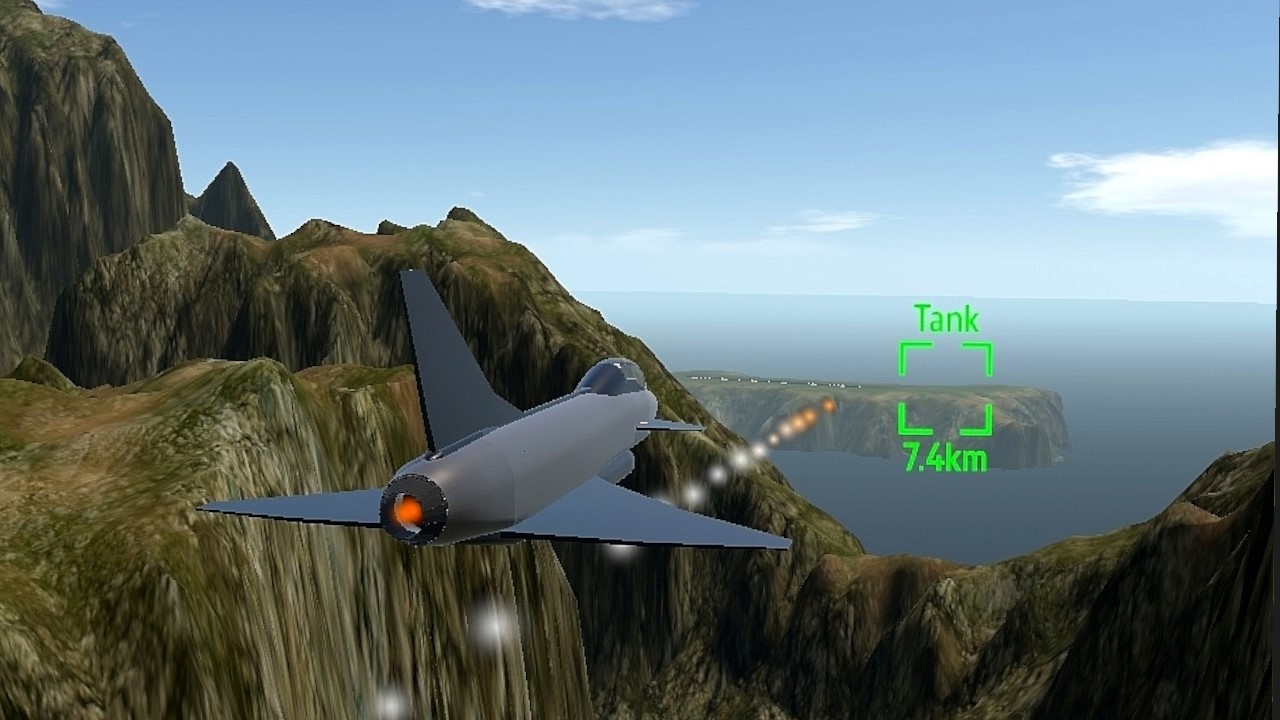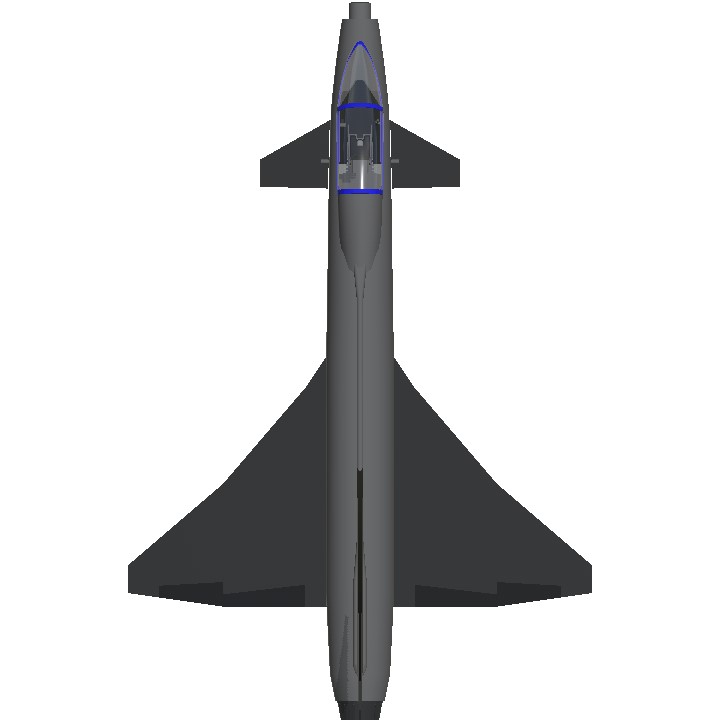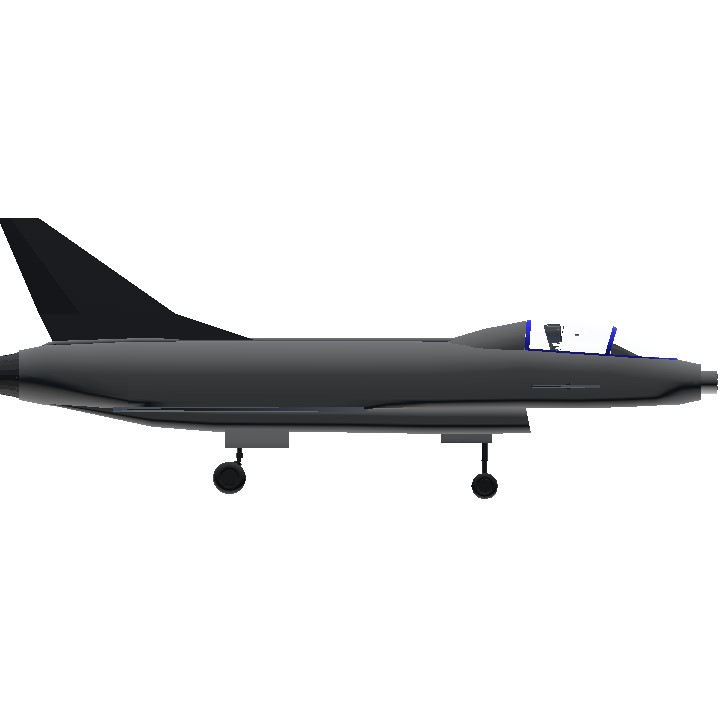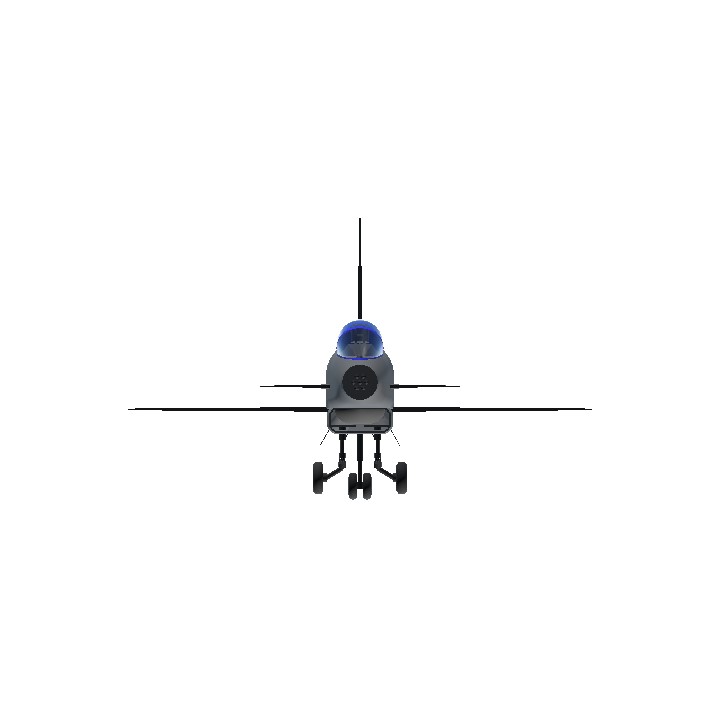Auto Credit Based on LBTOMMY's Assassin(Minigun)
AG8: automatic aiming
I use the data collected from the experiments in the game to establish the differential equations and calculate the rough dynamics model of the rocket. Then I used the model to make this automatic aiming rocket using approximate calculation.
The attack range of this aircraft is a 45-degree cone from the nose axis. When the aircraft flies directly toward the target, the attack accuracy will be the highest, and the longest attack distance can reach about 7.5 kilometers. When the target distance is less than 6 kilometers, the attack in all directions will have better accuracy.
Specifications
Spotlights
- ThomasRoderick one month ago
- Mahoots one month ago
- SimplePotato one month ago
General Characteristics
- Predecessor Assassin(Minigun)
- Created On Android
- Wingspan 27.6ft (8.4m)
- Length 43.2ft (13.2m)
- Height 16.8ft (5.1m)
- Empty Weight 11,825lbs (5,364kg)
- Loaded Weight 16,216lbs (7,355kg)
Performance
- Power/Weight Ratio 2.078
- Wing Loading 59.9lbs/ft2 (292.4kg/m2)
- Wing Area 270.8ft2 (25.2m2)
- Drag Points 2869
Parts
- Number of Parts 58
- Control Surfaces 5
- Performance Cost 434





@ThomasRoderick
Sure, I'd be happy to share my thoughts.
First, I determined that the burn time of the rocket is 2 seconds through testing. Therefore, I measured the acceleration phase and the glide phase of the rocket separately. I collected over ten sets of data on the flight distance and time within the first second after launch, and used a quadratic function to fit the data, obtaining an acceleration of approximately 1006 m/s^2. Considering that the game likely uses integer values, I rounded the acceleration down to 1000 m/s^2.
Next, I tested the glide phase of the rocket by connecting a flight computer to it and setting the air resistance of the computer to zero. Using the velocity data feedback from the computer, I applied Newton's second law to study the relationship between the deceleration caused by air resistance and rocket's velocity during the glide phase. Ultimately, I found that the deceleration is linearly related to the velocity, with the deceleration being 0.05 times the current velocity.
.... willing to share insights on the rockets?